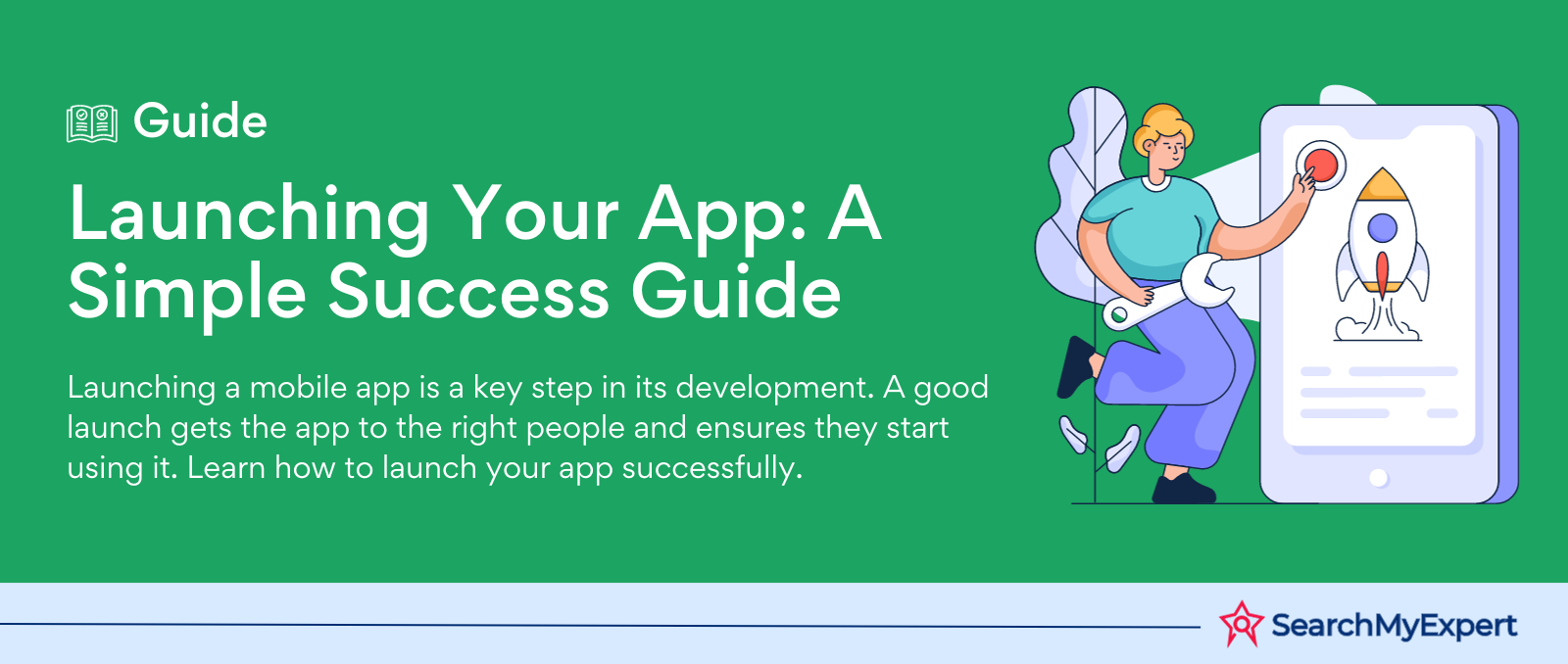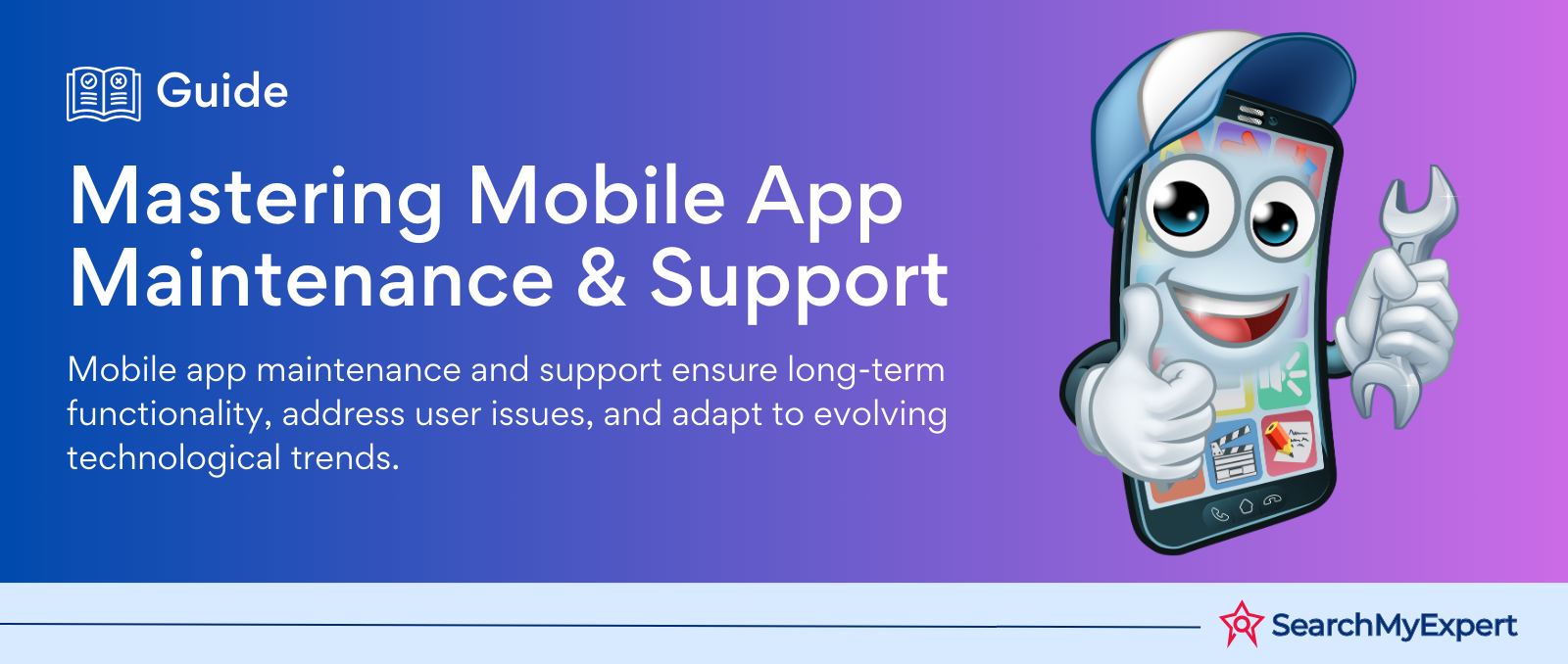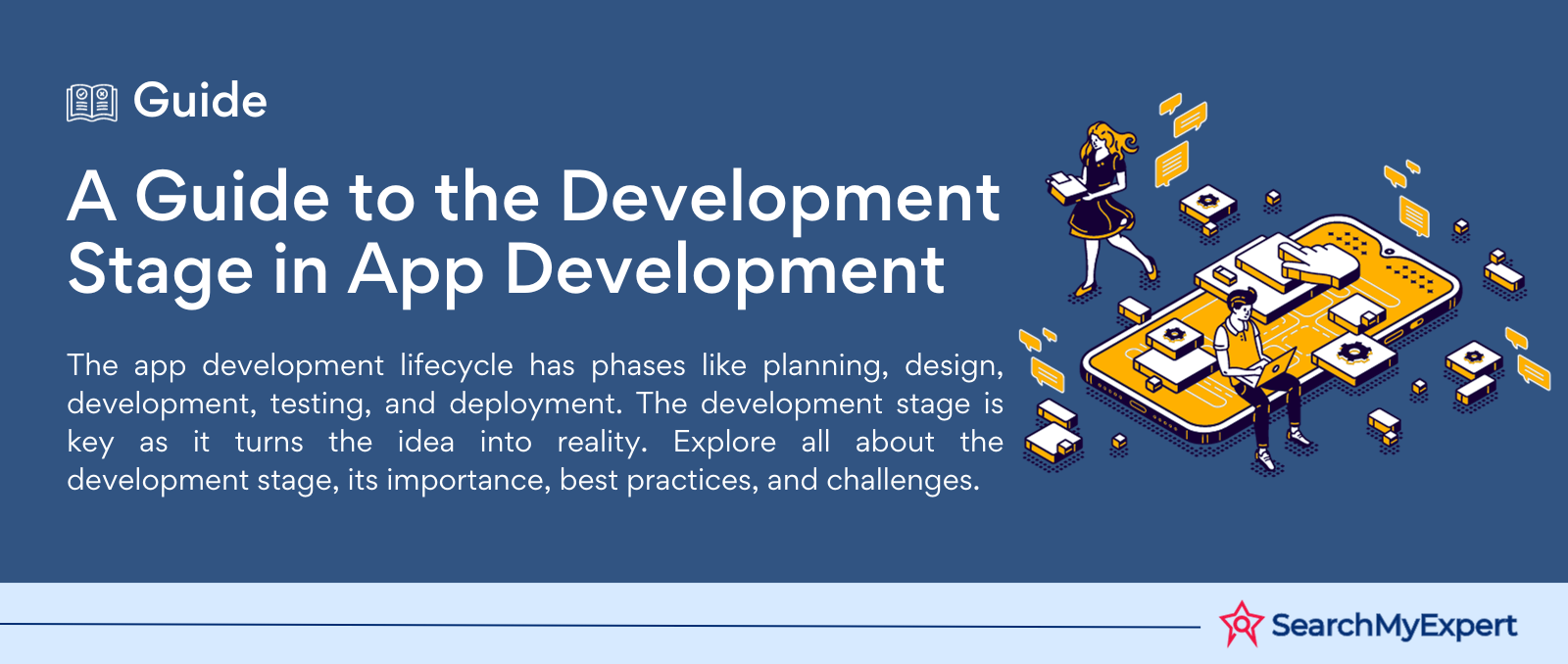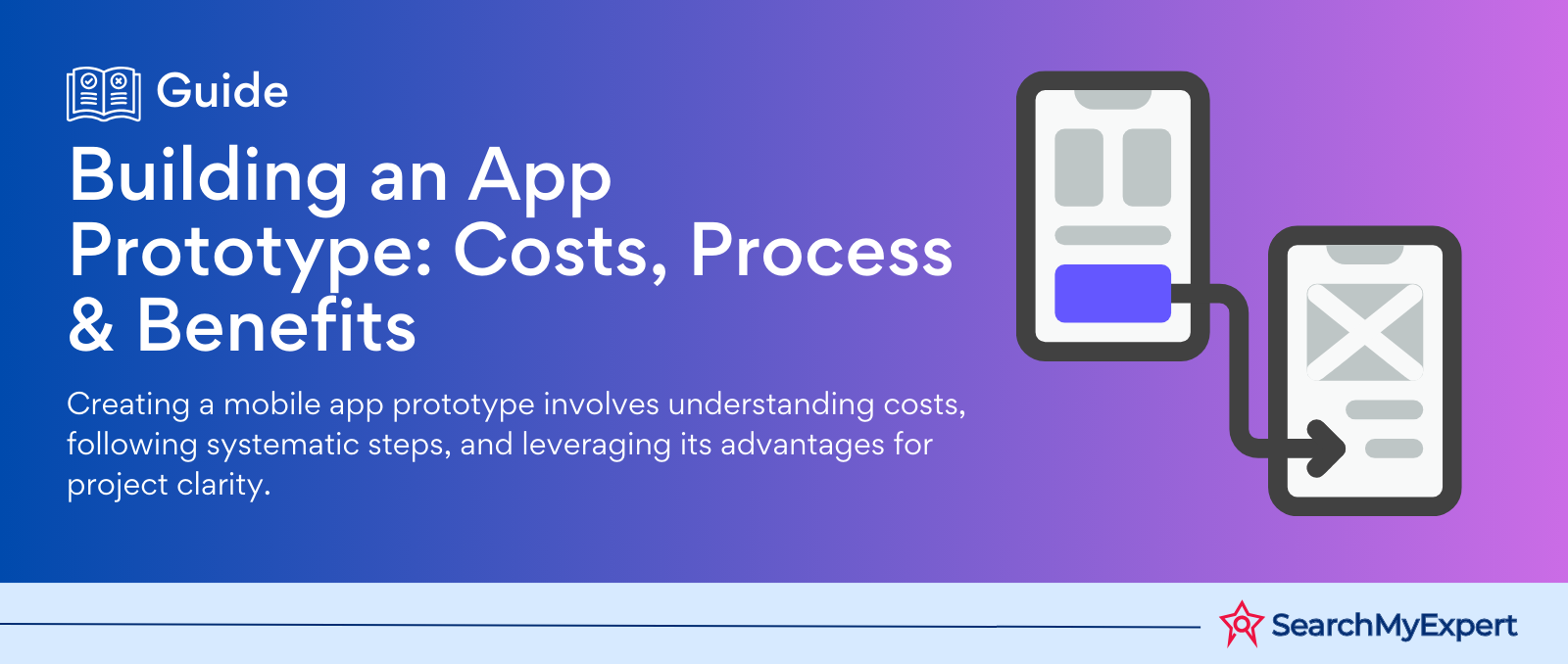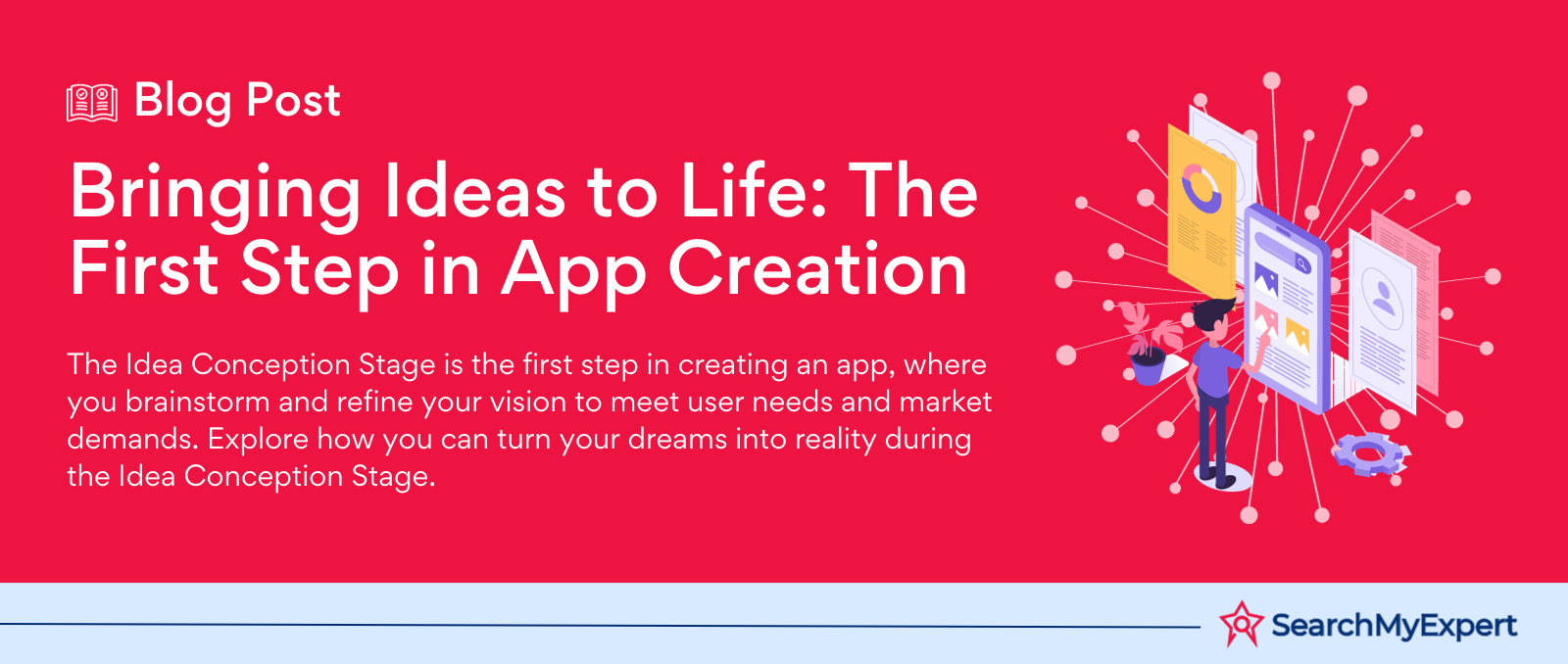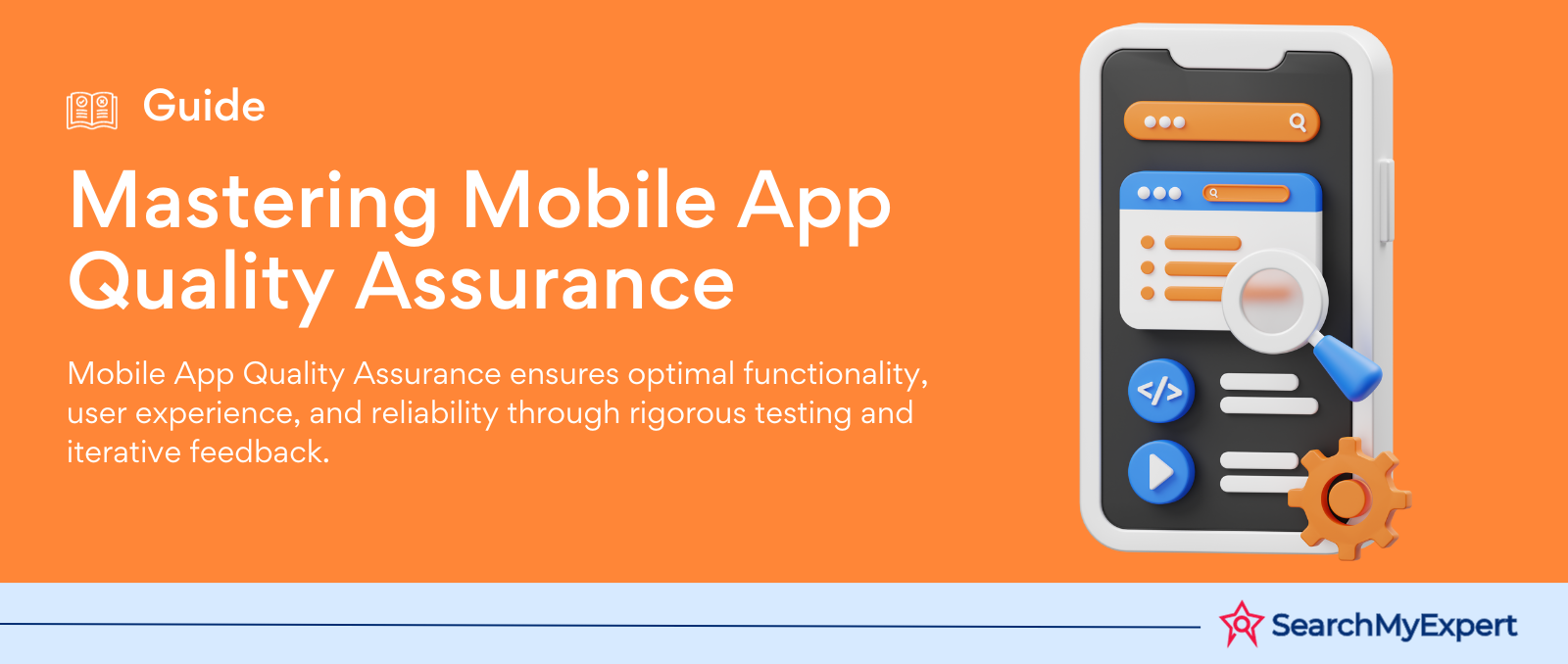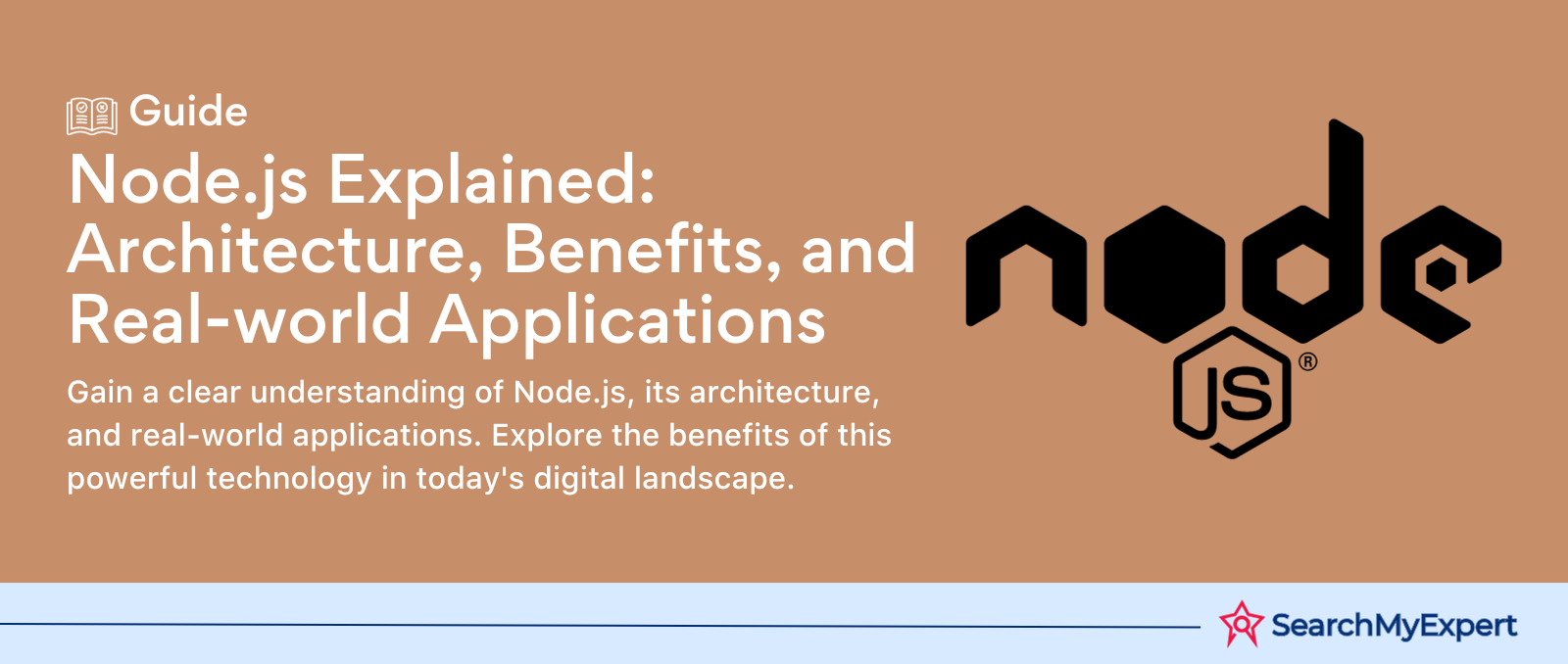App Monetization Guide: Maximizing Revenue from Apps in 2023
In this comprehensive guide, we delve deep into the world of app monetization, unravelling the various revenue streams that drive success in the ever-evolving app industry. As experts in the field, we'll equip you with the knowledge to maximize your app income and outrank the competition. Let's embark on this journey to uncover the secrets of app monetization together.
Chapter 1: Understanding App Monetization
What is App Monetization and Why Is It Important?
App monetization is the art of transforming app users into a source of revenue. This multifaceted process includes strategies like displaying banner ads, leveraging rewarded video ads, and integrating advertising methods.
Understanding app monetization is vital because it opens doors to numerous revenue-generating avenues. More importantly, a well-crafted app monetization strategy ensures a positive user experience, fostering user retention and growth.
Key metrics, such as average purchase value, number of purchases, and retention rates, help quantify a user's lifetime value (LTV) and contribute to the ultimate success metric: return on ad spend (ROAS).
The Difference Between Free and Paid Apps
In today's app landscape, free apps dominate the market. As of December 2021, a staggering 97% of apps on the Google Play Store were free, with 94% of iOS apps on the App Store following suit.
Why this trend? Free apps mitigate the risk associated with trying out an app, attracting users without a financial commitment. Free apps are more accessible, making it easier and cost-effective to acquire new users. However, paid apps rely heavily on brand recognition, unique content, and positive reviews.
Users who pay for an app expect a higher level of user experience, which can limit monetization strategies and long-term revenue potential.
Chapter 2: App Monetization Models and Strategies
The Evolution of Monetization Models
In the early days of app marketplaces, most apps came with a price tag. Developers relied on upfront payments as data on alternative revenue sources was scarce. However, as insights grew, developers, advertisers, and marketers discovered the power of in-app purchases, in-app advertising, and diversified monetization models.
This paradigm shift towards "free" apps paved the way for today's app market. Still, challenges emerged, particularly with heightened privacy measures like Apple's App Tracking Transparency (ATT), affecting user-level data availability.
The Resilience of Mobile App Usage
Despite these complexities, mobile app usage continued to surge, driven partly by the digital transformation accelerated by the COVID-19 pandemic.
Smartphones became our primary source of entertainment and connection, solidifying mobile app monetization as a thriving industry. Let's explore each app monetization model in detail to determine which suits your needs best.
In-App Purchases (IAP): Unlocking Profits
The in-app purchase model focuses on selling virtual goods, services, and bonuses within the app. In-store revenue, generated through app stores with associated fees, dominates in the gaming and subscription app sectors.
In 2021, in-store revenue surpassed $133 billion, a 20% increase from the previous year. Out-of-store revenue, generated directly within the app, often exceeds in-store revenue. In-app purchases are versatile, enhancing user experience and fostering loyalty.
Ideal Apps for In-App Purchases
In-app purchases can benefit a wide range of apps, from popular mobile games like Clash of Clans to non-gaming apps in eCommerce, transportation, social, and productivity.
Best Practices for In-App Purchases
- Offer Value: Enhance the user experience by providing significant upgrades or exclusive content.
- Optimize Pricing: Continuously fine-tune pricing based on user segments and geographical differences.
- Predictive Modeling: Utilize machine learning to identify and prevent user churn, targeting high-value patterns.
- Currency Diversity: Create both soft and hard in-game currencies to maintain balance and fairness.
- Avoid Pay-to-Win: Ensure in-game purchases do not create an unfair advantage, preventing user churn.
Subscription and Freemium Models: Building Sustainable Revenue
Subscription models offer apps for free, charging users a recurring fee over time. Many subscription-based apps follow the "freemium" approach, offering limited features for free while prompting users to pay for full access.
Ideal Apps for Subscriptions
Apps with regularly updated, exclusive content thrive with subscription models. This includes video streaming, dating, fitness, news, and productivity apps.
Best Practices for Subscriptions
- Content Excellence: Deliver fresh and exclusive content to stand out in competitive markets.
- Long-Term Discounts: Offer significant discounts for extended subscription plans.
- Onboarding Experience: Optimize onboarding to ensure users fully utilize app features.
- Free Trials: Provide no-frills free trials to let users experience your product before committing.
In-App Advertising (IAA): Harnessing User Engagement
In-app advertising leverages an app's real estate to display ads to users, primarily in gaming apps. While most users do not make in-app purchases, in-app advertising captures revenue from this large segment.
Ideal Apps for In-App Advertising
In-app advertising suits almost any free app, but it's particularly popular in gaming apps. Apps with in-app purchases as the primary revenue stream should carefully integrate ads.
In-App Advertising Formats
- Banner Ads: Displayed at the top or bottom of the screen with clear calls to action.
- Video Ads: Video clips that appear before other content, often with high engagement.
- Rewarded Video Ads: Offer in-app benefits for watching complete videos, ideal for gaming apps.
- Interstitial Ads: Full-screen ads during transitional app phases.
- Native Ads: Blend seamlessly with app content, marked as sponsored content.
Chapter 3: Strategies for Success
Now that we've gained a comprehensive understanding of app monetization models, it's time to delve into strategies that can propel your app to success.
User-Centric Approach
Successful app monetization begins with a user-centric mindset. Prioritize the user experience above all else. Striking a balance between generating revenue and providing value is crucial. Users should feel that your app enhances their lives, whether through in-app purchases, subscriptions, or ads.
A/B Testing and Optimization
Constantly fine-tune your monetization strategies through A/B testing. Experiment with various approaches, pricing structures, and ad placements to identify what resonates most with your audience. Optimization based on user feedback and data analysis is key to maximizing revenue.
Targeted Advertising
In in-app advertising, relevance is paramount. Utilize user data and segmentation to deliver targeted ads that align with user interests. The more relevant the ads, the higher the engagement and conversion rates, ultimately driving revenue.
Ad Mediation
Consider using ad mediation platforms to optimize your in-app advertising. These platforms help you manage multiple ad networks, ensuring that you get the best fill rates and eCPMs (effective cost per thousand impressions). Maximizing ad revenue often requires diversifying your ad sources.
Subscription Tiering
For subscription-based apps, tiered pricing can be a game-changer. Offer users multiple subscription tiers with varying levels of access. This approach allows users to choose the plan that suits their needs and budget, increasing the likelihood of conversions.
Data Privacy and Compliance
Stay informed about data privacy regulations and ensure your app complies with them. Trust is crucial in retaining users. Transparent data practices and user consent mechanisms are essential for maintaining user trust in today's privacy-focused landscape.
Chapter 4: App Store Optimization (ASO)
To outrank the competition and maximize your app's visibility, mastering App Store Optimization (ASO) is essential.
Keyword Research
Start by conducting thorough keyword research to identify the terms and phrases relevant to your app. Use tools and analytics to determine which keywords have the highest search volume and lowest competition.
Compelling App Title and Description
Craft a captivating app title that includes your primary keyword. In the description, highlight your app's unique features and benefits while incorporating relevant keywords naturally. A well-optimized title and description can significantly impact discoverability.
High-Quality Visuals
First impressions matter. Use high-quality app icons and screenshots that convey the essence of your app. Visuals play a crucial role in attracting potential users and driving conversions.
Ratings and Reviews
Encourage users to leave positive reviews and ratings. Respond to user feedback, addressing concerns and improving your app based on their suggestions. High ratings and positive reviews build trust and drive downloads.
Regular Updates
Frequent updates not only enhance your app's functionality but also signal to app stores that your app is actively maintained. This can positively impact your app's search rankings.
ASO Elements and Best Practices
| ASO Element | Best Practices |
|---|---|
| Keyword Research | - Identify high-search, low-competition keywords. |
| - Use ASO tools to track keyword performance. | |
| App Title and Description | - Incorporate primary keywords naturally in the title. |
| - Craft a compelling and informative app description. | |
| High-Quality Visuals | - Create an eye-catching app icon and screenshots. |
| - Showcase the app's key features through visuals. | |
| Ratings and Reviews | - Encourage users to leave reviews and ratings. |
| - Respond to user feedback and address concerns. | |
| Regular Updates | - Release frequent updates to improve functionality. |
| - Highlight new features in update descriptions. |
By optimizing these ASO elements, you can significantly boost your app's discoverability and appeal to potential users. Remember that ASO is an ongoing process that requires constant refinement and adaptation to stay competitive in the app marketplace.
Chapter 5: Measuring Success
To truly excel in app monetization, you must have a robust system for measuring success.
Key Performance Indicators (KPIs)
Identify and track KPIs that align with your monetization strategy. Metrics like Average Revenue Per User (ARPU), Customer Acquisition Cost (CAC), and Customer Lifetime Value (CLTV) provide valuable insights into your app's financial health.
Analytics Tools
Leverage analytics tools like Google Analytics, Firebase, or specialized app analytics platforms to gather data on user behavior, revenue sources, and user demographics. These insights inform your monetization decisions.
User Segmentation
Segment your user base to better understand their preferences and behaviors. Tailor your monetization strategies for different user segments, optimizing revenue streams for each group.
Regular Reporting
Generate regular reports to assess the effectiveness of your monetization efforts. Share these insights with your team to facilitate data-driven decision-making.
Chapter 6: Staying Ahead
The world of app monetization is ever-evolving. Staying ahead of trends and emerging technologies is essential for long-term success.
Emerging Monetization Trends
Stay informed about emerging trends, such as Non-Fungible Tokens (NFTs), blockchain-based monetization, and new advertising formats. Embracing innovative approaches can give your app a competitive edge.
User Engagement
Continue to engage with your user base through in-app messaging, personalized offers, and loyalty programs. Engaged users are more likely to generate revenue.
User Feedback
Always listen to your users. Their feedback can unveil monetization opportunities and pain points. Actively seek input through surveys, reviews, and direct communication.
Competitive Analysis
Keep a close eye on your competitors. Analyze their monetization strategies and adapt when necessary. Benchmarking against successful apps can provide valuable insights.
In conclusion, app monetization is a dynamic and intricate process that demands a user-centric approach, data-driven decision-making, and adaptability to emerging trends. Armed with these strategies and insights, you can navigate the app monetization landscape with confidence, outrank the competition, and maximize your app's revenue potential in 2022 and beyond.
Build Beyond imagination with these Mobile App Developers.
share this page if you liked it 😊
Other Related Blogs
Mastering Docker for App Development: A Comprehensive Guide to Benefits, Use-Cases, and Alternatives
STAY UP TO DATE
GET PATH'S LATEST
Receive bi-weekly updates from the SME, and get a heads up on upcoming events.



